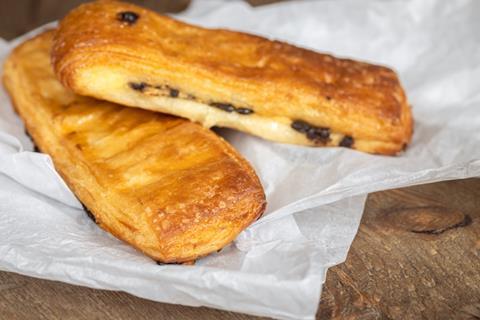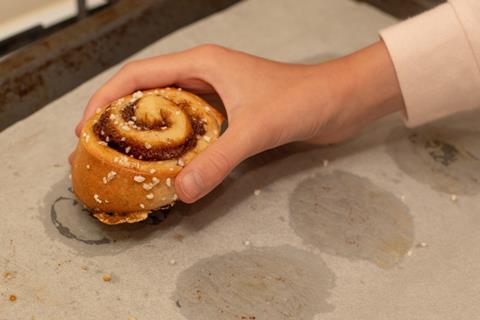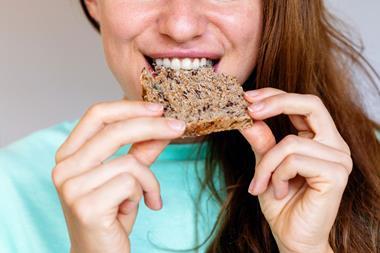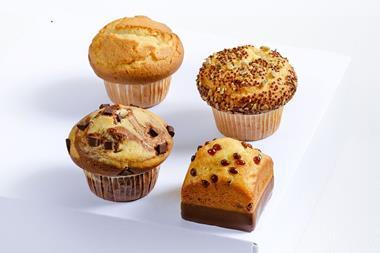With paper prices rising, Richard Smith, owner of Food Paper, reveals the steps bakeries should take to get more value out of their paper sourcing and usage – and save themselves money.

Paper is a global commodity that is traded on weight and, like many global indices currently, paper costs are rising, caused by increasing demand (paper bags/straws etc…) and the increase in wholesale energy pricing.
Bakers should start to look at their baking paper differently – not just as a disposable item that they seem to pay more for every time they order, but as a piece of technology that facilitates untapped value in their businesses.
Bakers can self-audit their baking paper sourcing and practice to ensure they get the best value by following these four steps:

1. Reuse baking paper. It’s still amazing how many bakers don’t do this. Some papers can be reused several times over. Most paper specifications will give usage guidelines of 220°C for 30mins but this is completely dependent on how much product covers the sheet or on the type of product being baked. For example, mixes with a high sugar content will adhere to the surface of the paper and require a higher specification.
Bakers should therefore challenge their supplier to suggest a solution that best suits their bakery processes and products. From a ‘single use’ economic paper to a high-performance grade that can be reused many times, there could be a more cost-effective solution.
If a baker reuses their paper, can they improve this by extending further? So, for example, if their current paper gives them six bakes but a premium paper would give them 12 and cost just 20% more, surely then, this represents a good deal?
2. Question the supply chain; where is your paper is coming from? How many layers of traders, brokers, convertors, or distributors are involved? Shorten the vertical integration and save money by buying direct from a manufacturer. This may mean buying in a large quantity but a ‘half pallet’ is not usually objectionable to most bakeries.

3. Buy the specification and weight that best suits the process – and ask the supplier to suggest alternatives that work for them. What do those numbers and letters mean – 39gsm SGP / GP / VP / SVP / 34GR? By unlocking this code and ensuring they have the correct specification for their process, together with reducing the weight of the paper used, a bakery could offset its last price increase. For example: checking the weight of paper used and asking the supplier if a lighter alternative exists – moving from 39gsm to 35gsm, say – could represent a 10.2% material saving. Say, if a bakery is using paper to line a presentation tray, where no heat protective silicone coating would be needed, then an inexpensive alternative could work just as well.
4. Recycle at the end of life. It is also surprising how many businesses believe they must send baking paper to landfill. Many claim the silicone coating prevents recycling, but the truth is that the amount of silicone by mass and density does not contaminate pulped fibres. Some food deposits may present a problem. However, there are alternatives, such as compostable routes for baking papers. Consider what costs could be saved by avoiding landfill.
About Food Paper
Richard Smith is the owner of the Nottinghamshire-based Food Paper, a paper manufacturing business solely focused on delivering value via performance papers destined for direct food contact. To find out more about Food Paper or speak to Richard, contact t: 01773 302960 or email: hello@foodpaper.co.uk. More details can be found on www.foodpaper.co.uk.





















![BB_Promo_Feature_(Hero[1] cropped](https://d3rctclhuobtt7.cloudfront.net/Pictures/159x106/9/7/5/234975_bb_promo_feature_hero1cropped_579816.jpg)






